How to Dispute a Bank Statement Error the Right Way
Seeing a charge you don’t recognise, a duplicate debit, or a missing deposit on your bank statement is stressful—especially when a landlord, lender, or underwriter wants clean documentation today. The fastest path to a fix is not “editing” the PDF; it’s building a clear, lawful paper trail that the bank and any reviewer can verify.
At FinancialDocsProvider.com, we help you present statements clearly and professionally: organising pages, applying privacy-safe redactions, running OCR for searchability, and packaging evidence without altering facts. If a bank statement is wrong, only the bank can correct it. Our role is to help you submit a precise dispute and assemble an application-ready packet while the bank investigates.
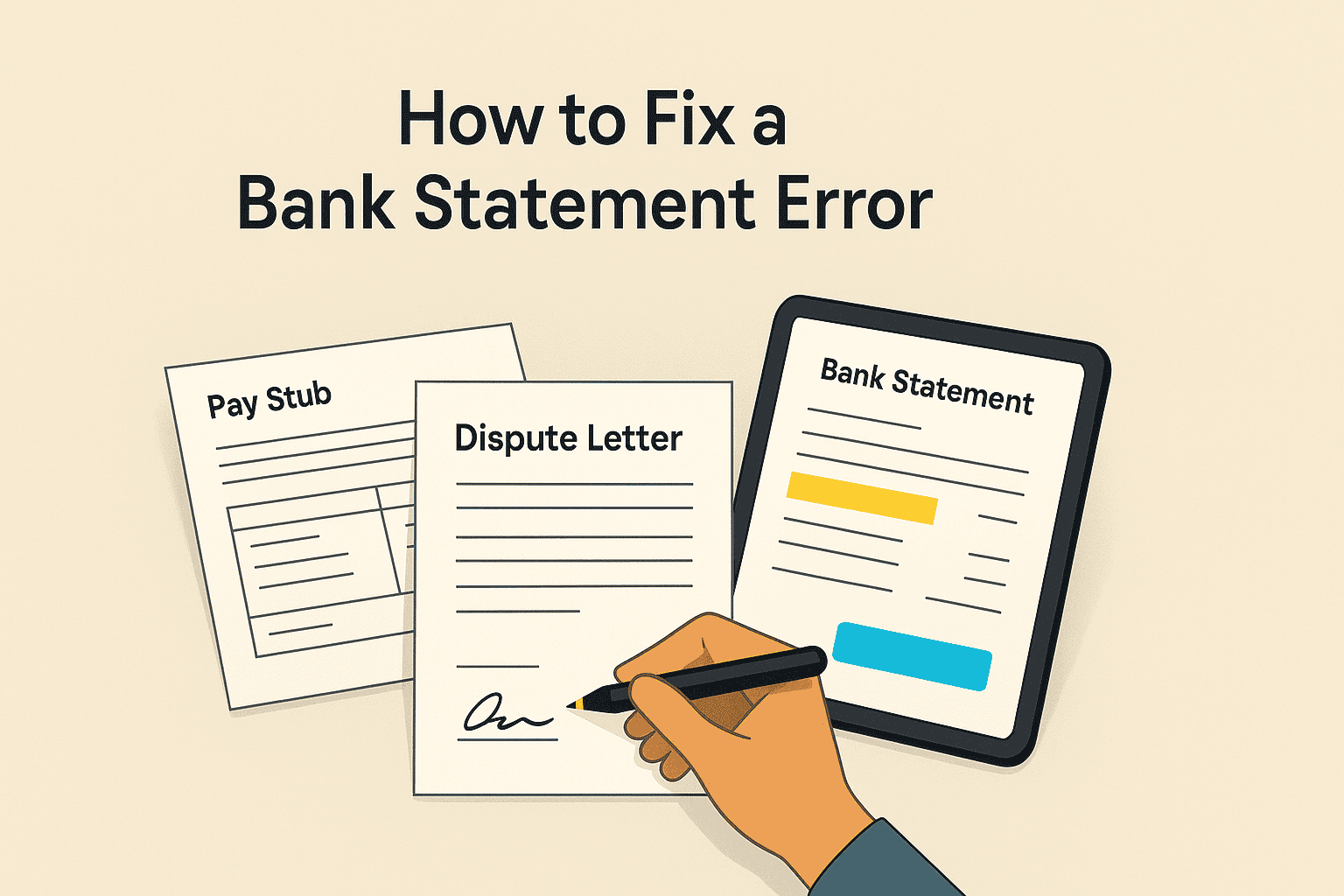
Below you’ll find clear legal context (US/UK/Canada), a breakdown of what you can edit for clarity, what you must never change, mini-scenarios, a step-by-step checklist, and a ready-to-send dispute letter template. Use this to calm the process, protect yourself, and keep your application moving.
Legality Basics: Formatting vs. Falsification (US, UK & Canada)
Formatting and legibility are lawful when you don’t change facts. Examples include redacting part of an account number before sharing, merging pages into one PDF, adding bookmarks, or highlighting a disputed line for a reviewer.
Falsification is illegal. Changing amounts, balances, dates, payees, or running totals is fraud risk. Banks and underwriters cross-check statements against internal ledgers, metadata, and layout standards. If manipulation is suspected, applications can be denied and accounts flagged.
United States: High-Level Consumer Protections
For electronic transfers and card transactions, the Electronic Fund Transfer Act (Regulation E) provides protections for consumers who report errors or unauthorised activity promptly. Banks typically open an investigation upon written notice and may provide provisional credit if criteria are met. Many institutions ask you to notify them quickly (generally within 60 days of the statement date for unauthorised EFTs). For unresolved disputes, you can escalate via the Consumer Financial Protection Bureau’s complaint portal (CFPB Complaint).
United Kingdom: Direct Debits & Complaints
For wrong or unauthorised Direct Debits, the Direct Debit Guarantee allows you to claim a refund directly from your bank. When complaints aren’t resolved, GOV.UK provides step-by-step guidance on raising banking problems and escalating to the Financial Ombudsman Service (FOS) if needed. See Problems with a bank (GOV.UK). FCA rules also guide fair complaint handling.
Canada: FCAC & Bank Complaints
Canadian banks must follow published complaint-handling procedures. If you cannot resolve an issue with your bank, you can escalate through the bank’s ombuds and then to an external complaints body. The Financial Consumer Agency of Canada explains the steps at FCAC Complaints.
What Edits Are Allowed (and Helpful)
Reviewers want statements that are accurate and easy to follow. These presentation-only edits improve clarity without touching facts:
Privacy-Protecting Redactions
- Mask the middle digits of account numbers before sharing with a landlord or lender.
- Redact internal reference IDs that a third party doesn’t need. Keep your name, bank, last-four, dates, balances, and transactions visible.
- When sending multiple accounts, redact unused accounts entirely to avoid confusion.
Readability & Accessibility Upgrades
- Merge monthly pages into one sequential PDF; fix sideways pages; add bookmarks for “Summary,” “Transactions,” and “Deposits.”
- Run OCR so text is searchable for underwriters and to meet accessibility needs.
- Use a neutral highlighter or callout box to point to the disputed line (no data edits).
Export & Source-of-Truth Fixes
- Prefer the official bank PDF over third-party aggregator screenshots whenever possible.
- If sharing CSV activity, export cleanly to PDF and include the original CSV as an appendix labelled clearly.
- For multi-currency accounts, attach the bank’s FX memo or a detail page explaining conversions.
Need help with lawful presentation? Explore our proof of income editing and bank statement formatting services and review our pricing.
What’s Illegal (Changing Facts) + Potential Consequences
Edits that change facts—amounts, balances, dates, payees, or running totals—are illegal and can be treated as fraud. Financial institutions compare statement totals to internal ledgers and often inspect fonts, spacing, and embedded metadata. If manipulation is suspected, they can decline your application, close or restrict accounts, and in serious cases refer the matter for investigation.
Bottom line: don’t try to “patch” the PDF. If the statement is wrong, request the bank’s official correction, keep written records, and share that with any third party who needs it.
Common Use Cases: Renters, Auto Loans, and SBA-Type Reviews
Renters & Letting Agents
Scenario: A duplicate debit appears three days before rent is due. Your agent asks for three months of statements. You highlight the duplicate line, include your dispute letter and the merchant’s “refund issued” email, and submit the packet. Because you acted quickly and didn’t alter numbers, the agent can proceed conditionally while the bank finalises the adjustment.
Auto Loans
Scenario: A dealer needs to verify down-payment funds. Your bank mis-categorised a transfer as a returned item. You provide the claim number, the bank’s acknowledgement, and a sequencing sheet showing pay-in/pay-out timing. No factual edits—just clean documentation that keeps underwriting moving.
Small-Business Lending (SBA-Type Workflows)
Scenario: A client payment posts after the statement closes, so month-end looks short. Export the statement, the online activity view showing “pending → posted,” and your invoice/deposit slip. Add a cover note with dates and the claim number. Underwriters appreciate the trail; the bank’s correction will reconcile totals.
W-2/Payslips vs. Self-Employed Packets
- W-2 / payslips: Pair statements with official pay stubs or payslips. UK reviewers expect payslip dates to align with statement deposits. In Canada, T4 slips and the NOA (Notice of Assessment) provide helpful context for income stability.
- Self-employed: Add invoices, contracts, POS/Stripe summaries, and a short reconciliation mapping invoice numbers to deposit dates and amounts.
- Universal rule: Attach evidence; don’t edit numbers. If a figure is wrong, wait for the bank’s correction or provide an official account activity printout that explains the adjustment.
How We Work: Intake → Reconciliation → Formatting → Delivery
1) Intake
We start with your goal (tenancy, auto underwriting, small-business funding) and the reviewer’s checklist. You securely provide original statement files and supporting items (receipts, merchant emails). We confirm whether a bank-led correction is required.
2) Reconciliation
We map statement lines to your evidence—payslips, invoices, POS batches, merchant tickets. When an entry looks wrong, we help you assemble a precise dispute (facts, dates, amounts, claim notes) rather than touching the numbers.
3) Formatting
We produce an application-ready packet: OCR’d, sequenced, bookmarked, and privacy-redacted. A concise cover sheet flags the disputed entries without editing them. This reflects our compliance-first approach: professional polish, zero fabrication.
4) Delivery & Timelines
- Typical turnaround: 24–72 hours for formatting/packaging (complex, multi-account packets may take longer).
- Revisions: Minor layout tweaks included; any factual changes require new documents from the bank.
- Boundaries: We never change amounts, dates, balances, payees, or running totals.
Ready to start? Contact our team. For scope and budget, see our services and pricing, and learn more about our process.
Quick Compliance Checklist + Packaging Tips
Pre-Submission Checklist
- ✅ Verify the entry against receipts and merchant records.
- ✅ Contact the merchant (if relevant) and save the reply.
- ✅ Notify your bank in writing (secure message, email, or post) and obtain a case/claim number.
- ✅ Keep the original statement unedited (no altered facts).
- ✅ Prepare a cover note summarising the issue and timeline.
- ✅ Package supporting documents (invoices, emails, deposit slips) behind the statement.
- ✅ Highlight the disputed line for reviewers (no data edits).
Packaging Tips Reviewers Love
- One PDF, logical order: Cover note → Statement → Evidence → Dispute letter.
- Bookmarks: “Disputed Entry,” “Merchant Email,” “Bank Acknowledgement.”
- Consistent naming:
2025-06_BankName_Checking_Statement.pdf - Privacy: Redact non-essential PII; keep names, dates, last-four digits visible.
- Context: If cash-flow is tight, include a brief note on incoming payroll or pending refunds; never alter amounts.
Bank Statement Error Dispute Letter Template (Copy & Paste)
Use this for your bank’s secure message, email, or postal letter. Replace brackets with your details.
Subject: Dispute of Bank Statement Error – [Account Last 4: XXXX], [Statement Period: Month YYYY] Dear [Bank Name] Disputes/Customer Care, I am writing to dispute an error on my [checking/savings/credit] account: • Account ending: [XXXX] • Statement period: [Month YYYY] • Transaction date shown: [DD/MM/YYYY] • Merchant/payee: [Name] • Amount shown: [$$$.$$] • What’s wrong: [Duplicate charge / incorrect amount / unauthorised transaction / missing deposit / misapplied fee] • Correct information (if known): [Briefly state the correct figure or that the transaction is unauthorised] Evidence attached: • [Receipt/invoice/merchant email/ deposit slip/ screenshot of online banking activity] • [Any police report or fraud reference number, if applicable] Request: • Please investigate this error and provide written confirmation of your findings. • If the transaction is incorrect, please reverse or adjust it and issue a corrected statement or written correction notice. • Kindly provide a case/claim number and the expected timeline for resolution. My contact details are [phone/email]. Thank you for your prompt attention. Sincerely, [Your Full Name] [Mailing Address] [Email] | [Phone] [Today’s Date]
Sending tips: Use your bank’s secure message centre if available. Otherwise, send from the email registered with your account, or post via tracked mail. Keep copies of everything you send and receive.
Red Flags That Trigger Rejections
- Altered facts or inconsistent totals: Even tiny edits can desynchronise page totals from the bank’s backend.
- Fonts/layouts that don’t match: Mixed fonts, uneven spacing, or mismatched kerning signal tampering.
- Missing context: Sending only a cropped page or a screenshot without the full statement.
- Unclear highlights: Highlighter everywhere but no cover note or claim number.
- Mismatched dates: Statement deposits don’t align with payslips/paysheets, invoices, or T4/NOA tax records.
- Third-party screenshots: Use the bank’s original PDF wherever possible.
Not sure if your packet will pass muster? We’re happy to review—contact our team for a quick compliance check.
Official Resources & Helpful Links
Official Regulators/Ombuds
- United States — Consumer Financial Protection Bureau (CFPB): Submit a complaint
- United Kingdom — GOV.UK guidance: Problems with a bank
- United Kingdom — Financial Conduct Authority (FCA): How to complain
- Canada — Financial Consumer Agency of Canada (FCAC): Make a complaint about a bank
Helpful Internal Links
- Bank statement formatting (services overview)
- Pricing and packages
- About our process
- Contact our team
Information provided here is for general education and document-preparation guidance. It is not legal advice. We format and organise documents for clarity and compliance; we never alter factual amounts, dates, payees, or balances.
Reviewed by Compliance Editor — August 2025
Frequently Asked Questions
What qualifies as a bank statement error?
Typical errors include duplicate charges, incorrect amounts, unauthorised transactions, missing deposits, or misapplied fees. If the statement doesn’t match your receipts or online banking, contact the merchant (if applicable) and notify your bank in writing.
How long does the investigation take?
It varies by bank and jurisdiction. Many banks acknowledge quickly and provide a timeline. In the US, Reg E sets expectations for prompt investigation for eligible transactions. Always request a case/claim number and keep all correspondence.
Is redacting parts of my statement legal?
Yes—redacting non-essential personal details (such as the middle digits of an account number) is generally fine. Do not redact information needed to verify deposits/withdrawals, and never alter amounts or dates.
Should I contact the merchant or the bank first?
Often start with the merchant for duplicate/incorrect charges. If it’s unauthorised or the merchant is unresponsive, notify your bank immediately and provide evidence.
Can you “fix” the numbers on my statement?
No. We never change facts. We help you present accurate documents clearly and professionally while the bank issues any official corrections.

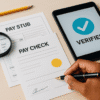

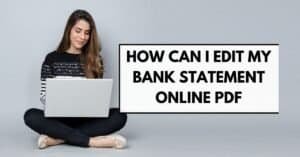


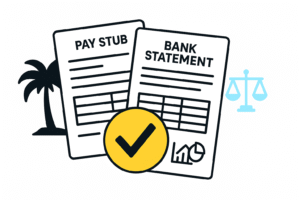
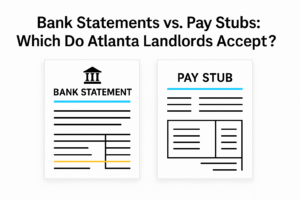
Add comment